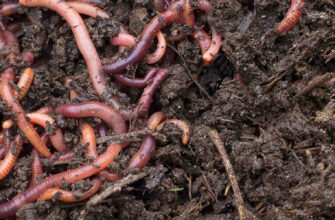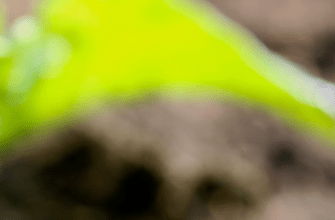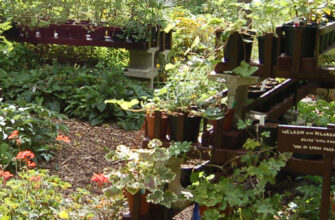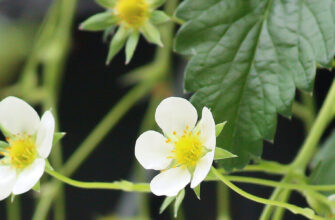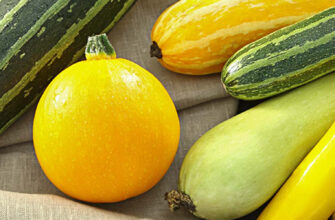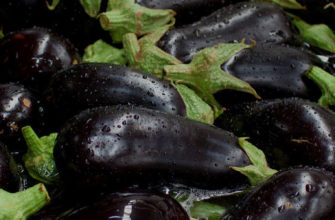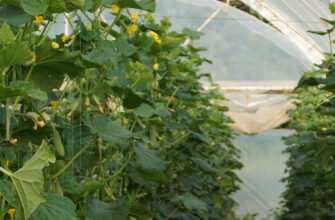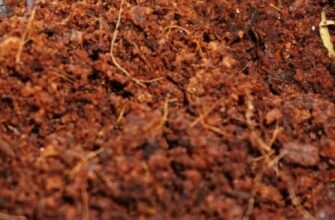Thanks to their versatility, cucumbers are among the most popular vegetables in Ukraine. They can be enjoyed fresh, pickled, fermented, and even fried.
While cucumbers are generally easy to grow, not everyone succeeds in achieving a bountiful harvest. This article covers everything you need to know about growing cucumbers in open ground—from variety selection to soil preparation and planting techniques.
Choosing the Right Variety or Hybrid
Cucumbers are classified as early, mid-season, or late varieties and hybrids. To enjoy fresh cucumbers all summer long, it’s best to sow several types with different maturation periods.
In addition to their growing cycle, cucumber varieties differ in their heat tolerance, stress resistance, disease resilience, appearance, and flavor. Choosing the right type depends on your region’s climate, your preferred taste, and the growing conditions available.
Crop Rotation and Predecessors
A key rule when including cucumbers in crop rotation is to avoid planting them where other members of the gourd family (Cucurbitaceae) were grown previously. This is because these plants share common pests and diseases.
To minimize risks, cucumbers—and other cucurbits—should return to the same field only once every 3–4 years. In smaller gardens where space is limited, some gardeners may have to replant cucumbers every year or every other year. In such cases, thorough soil sterilization and cleaning of plant covers are essential.
Ideal predecessors for growing cucumbers in open ground include tomatoes, peppers, onions, peas, potatoes, leafy greens, garlic, and cabbage. Cucumbers also thrive in mixed plantings with cabbage, legumes, herbs, tomatoes, radishes, and corn.
However, when treating plants with pesticides, it’s important to remember that fast-growing crops like radishes and leafy greens should not be sprayed with chemical agents.
Preparing Soil for Cucumbers
Cucumbers grow best in nutrient-rich soil that has a neutral pH and a loose, well-drained structure. Organic matter enhances soil fertility by providing essential nutrients needed for vigorous growth and fruiting. Additionally, as organic material decomposes, it releases carbon dioxide, which acts as a natural growth stimulant for cucumbers.
Preparing soil for cucumbers starts in the fall, right after harvesting the previous crop. Begin by removing all plant debris and incorporating well-rotted manure at a rate of 40–60 tons per hectare, or apply phosphorus-potassium fertilizers. Then dig the soil to a depth of 20–25 cm (8–10 inches).
Cucumbers yield especially well in fertile soil that is enriched with organic matter.
It’s also advisable to treat organic amendments with biological products such as EM-1, Baikal, Organic Balance, Ecostern, or Unikal. These help disinfect the soil and convert organic material into nutrients readily available to plants.
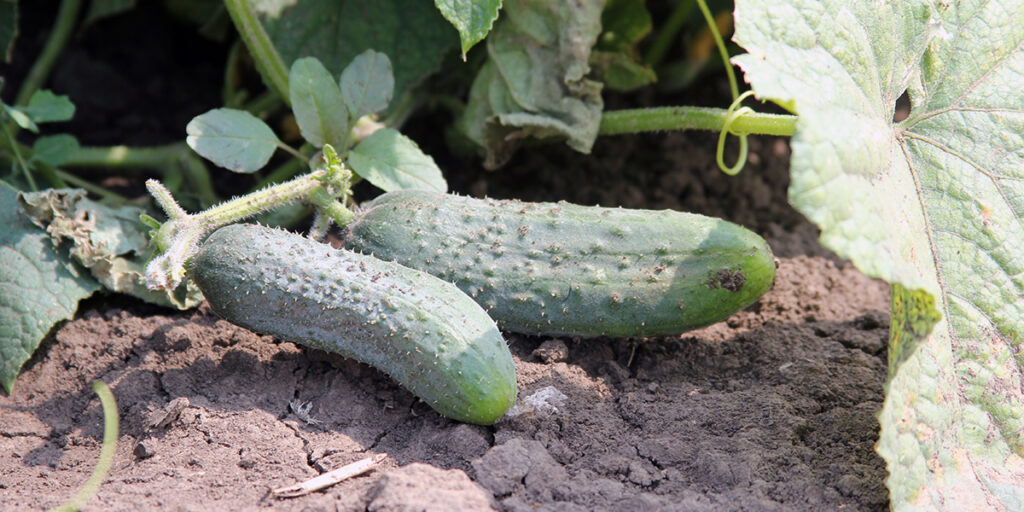
In spring, loosen the soil, remove any weeds, and apply nitrogen-rich fertilizers about a week before planting. For mineral fertilization, apply urea, ammonium nitrate, and potassium sulfate in spring; in autumn, use superphosphate, nitroammophoska, diammonium phosphate, or eco-friendly options like Ecoplant.
Tip: Basic fertilizers like nitroammophoska and superphosphate are best applied in autumn, as they dissolve slowly but remain in the upper soil layers without leaching. Water-soluble nitrogen and compound fertilizers (such as Master or Plantafol) should be applied in spring—either during sowing or through irrigation.
After sowing, cover the seeds with a light layer of moist soil and gently level the surface. Follow this with moderate watering. The best method is drip irrigation, which avoids washing the seeds away with a strong water flow.
Sowing Cucumbers
Cucumbers are a warm-season crop that thrives in temperatures ranging from +14 to +30°C (57–86°F). The optimal cucumber sowing time is when soil temperatures consistently stay above +12–14°C (54–57°F). If the temperature drops lower, the seeds may fail to germinate and rot in the ground.
Temperature plays a crucial role in the germination speed of cucumber seeds to plant. At +12–14°C, germination may take up to 20 days or not occur at all. At +14–20°C (57–68°F), seeds sprout within 14 days. In warmer conditions of +20–25°C (68–77°F), they typically emerge in 10–12 days. The most rapid germination, around 7–10 days, occurs when temperatures reach +25–30°C (77–86°F).
It’s important to note that store-bought seeds should never be soaked before planting. These cucumber seeds to plant are often coated with a protective treatment that helps guard against early-stage diseases and pests. Soaking them would wash away this protective layer. For this reason, treated cucumber seeds must be sown dry directly into the soil.
Cucumber seeds remain viable for up to 5–6 years. However, if you plan to soak seeds—particularly home-saved ones—you must first thoroughly rinse off any chemical coating. Keep in mind that doing so voids any guarantee from the seed manufacturer regarding germination or plant health.
If you’re using seeds you’ve collected yourself, it’s a good idea to conduct a germination test and pre-sowing treatment. Begin by calibrating the seeds: select large, well-shaped seeds with a light color. To disinfect them, use a solution like Previcur Energy, Fitosporin, or a 1% potassium permanganate (dark pink) solution.
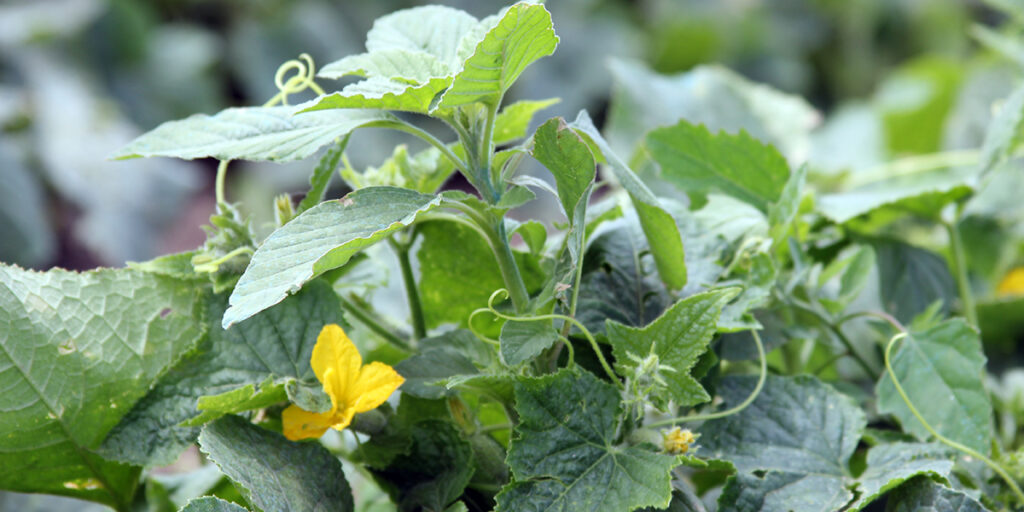
To encourage sprouting, lay the seeds on a damp cloth or piece of gauze, place them on a flat surface like a plate, cover them with a thin plastic bag, and keep them in a warm location (22–26°C / 72–79°F). Under these conditions, the seeds will sprout in about 4–5 days.
Tip: When choosing a field or garden plot for planting cucumber seeds outdoors, keep in mind that cucumbers are heat- and light-loving plants. However, new hybrids are constantly being developed with improved tolerance to shade and short-term temperature drops.
When considering how deep to plant cucumber seeds, the answer depends on soil type. In heavy soils, plant at a depth of 2–3 cm (0.8–1.2 inches); in light soils, go slightly deeper—3–4 cm (1.2–1.6 inches). Be sure to prepare planting holes or furrows ahead of time based on these depths. No more than 4–5 plants should be placed per square meter. Overcrowding leads to insufficient sunlight and creates a favorable environment for fungal diseases. Therefore, rows should be spaced 1.4–1.8 meters apart.
Using mulch film can help reduce weed growth and retain soil moisture.
When direct seeding cucumbers using mulch film and a drip irrigation system, it’s essential to lay the drip tape first, then cover the soil with film, and cut small openings where the holes will be made.
Sow seeds into moist soil, spacing them about 13–15 cm (5–6 inches) apart. The recommended layout for planting cucumber seeds outdoors looks like this: 1.4–1.8 meters between rows and 13–15 cm between plants in a row. If you have extra seeds or are uncertain about field preparation or seed quality, you can sow 2–3 seeds per hole, thinning out the weaker sprouts later to keep only the healthiest plants.
After sowing, lightly cover the seeds with moist soil and level the surface. Follow this with moderate watering. The best method is drip irrigation, as it provides consistent moisture without displacing the seeds, which is especially important if you’re learning how to sow cucumber seeds correctly.
Caring for Cucumber Plants
Cucumbers prefer consistently moist soil, so maintaining proper humidity is essential for healthy growth. To preserve soil moisture, mulching materials such as plastic film, agrofabric (agrotextile), sawdust, or straw are commonly used. These mulches also help reduce weed pressure by suppressing their germination and growth.
During early sowing, when there is still a risk of cold snaps, low tunnels covered with agrofabric or film can be constructed to create a “greenhouse effect.” These mini-tunnels act as thermal insulation, but it’s important to ventilate them regularly—either by completely removing the cover or opening the ends—to prevent overheating and fungal diseases.
Once all the cucumber seeds have germinated, the seedlings should be thinned out. Remove any weak or underdeveloped plants, or transplant the healthy ones if needed to give each enough space to grow strong.
If you’re not using mulch materials on your beds, cucumber plant care will require extra attention to weed control. Keep the area around the plants clean and weed-free, and gently loosen the soil after every rainfall or irrigation. This helps maintain good aeration and prevents crusting on the soil surface.
If any cucumber roots become exposed—due to heavy rain or watering—be sure to cover them with soil to protect them and promote stable growth.
Watering Cucumbers
Before all the seeds have sprouted, it’s important not to overwater the bed, especially when it’s covered with film or fabric, which creates a unique microclimate. Excessive moisture at this stage can lead to rot and poor air circulation. However, even slight drying of the soil can be dangerous—newly germinated seeds may lose their viability if moisture levels drop too low.
When it comes to cucumber plant watering, it’s essential to use warm water and avoid wetting the leaves. Moisture on foliage can promote the development of bacterial and fungal diseases. For this reason, watering cucumbers is best done through a drip irrigation system, which delivers water directly to the root zone while keeping the leaves dry.
The ideal time for watering is early in the morning or in the evening, when temperatures are lower and evaporation is reduced, allowing the plants to absorb moisture more efficiently.
Feeding Cucumbers
Because cucumbers produce fruit over an extended period, they require consistent and intensive nutrition throughout the growing season. When growing cucumbers outdoors, several feedings are essential: the first should be done about 14 days after sowing, the second at the beginning of the flowering stage, and subsequent applications after each harvest.
If you’re wondering what to feed cucumbers organically, options include liquid fertilizers made from diluted animal waste: fresh chicken manure (diluted 1:15), liquid manure slurry (1:8), and cow or horse manure (1:6). These mixtures should always be well-diluted with water to avoid root burn and nutrient imbalance.
When using mineral fertilizers, it’s important to match the nutrients to the plant’s growth stage. For early development, cucumbers need nitrogen and phosphorus. During fruit formation and peak productivity, potassium and calcium become critical. Later in the season, nitrogen helps extend the vegetative phase.
If you’re unsure how to feed cucumber plants effectively, the safest option is to use balanced, water-soluble fertilizers designed for vegetables, with formulations tailored to specific stages of growth. These products are considered among the best feed for cucumbers, as they deliver the right nutrients quickly and efficiently.
Regular and well-timed applications are key when feeding cucumbers, especially in open-field conditions where nutrients can leach away more rapidly. Knowing how to feed cucumbers properly will ensure vigorous vines and a long, productive harvest.
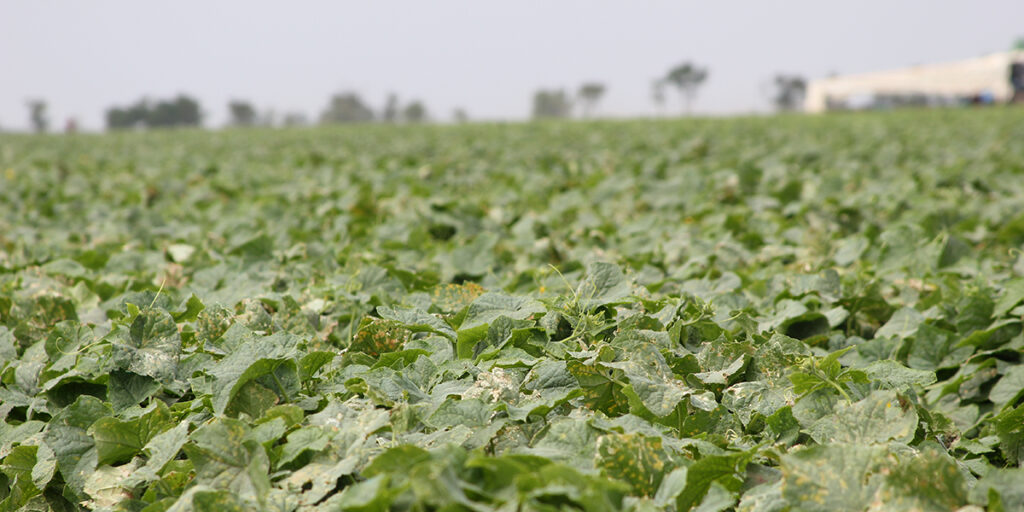
Plant Training and Support
When growing cucumbers in open ground, it’s common practice to let the plants sprawl without tying. However, on small plots, cucumbers can be trained vertically using trellises or allowed to climb over mesh supports.
Growing cucumbers on a trellis outdoors often results in more fruit sets, thanks to better air circulation and sunlight exposure. However, this method also requires occasional pinching of the vines—especially for varieties with a clustered flowering type—to encourage healthy development and control excessive growth.
Common Challenges in Growing Cucumbers
To catch early signs of trouble with your cucumber plants, pay close attention to their appearance. When essential nutrients are lacking, the plants may look stunted, with thin stems and few flowers.
This can be caused by a variety of factors, such as imbalanced growth, cold and compacted soil, excess moisture that leaches nutrients from the root zone, or low humus content. To prevent these issues, monitor soil condition closely and maintain a consistent feeding schedule.
A potassium deficiency often appears as leaf edge burn and misshapen fruits. Phosphorus deficiency leads to weak root systems and leaves with purplish (anthocyanin-colored) veins. Lack of boron and manganese can cause flower drop and fruit distortion.
Irregular watering is another common problem. It results in deformed cucumbers, premature aging, and hollow centers. Nitrogen deficiency can slow the formation of lateral shoots and reduce the overall leaf surface area.
On the other hand, overfeeding can be just as harmful. Excess nutrients may cause the plants to take on a dark green color, with thin, curled, and tough leaves. The roots may appear scorched, a sign of salt buildup in the soil or an overdose of fertilizers.
To correct this, stop feeding immediately, increase watering to flush out excess salts, and loosen the soil around the plants to improve air and moisture flow.
Diseases and Pests
Cucumbers are susceptible to several common plant diseases, including bacterial blight, downy mildew (peronospora), white mold, and zucchini mosaic virus.
Among insect pests, the most frequent invaders are thrips, stink bugs, aphids, whiteflies, and spider mites.
For a comprehensive list of pests that damage cucumbers, along with effective control methods, refer to our detailed guide.
Harvesting Cucumbers
Cucumbers are harvested selectively, as new fruits mature. Depending on how actively the plant is producing, harvesting may be needed every two days—or even daily during peak season.
When should you pick cucumbers? Ideally, harvest them when they reach the desired size and color for your chosen variety. Leaving them too long on the vine can lead to overripe, seedy fruit and slow down further fruiting.
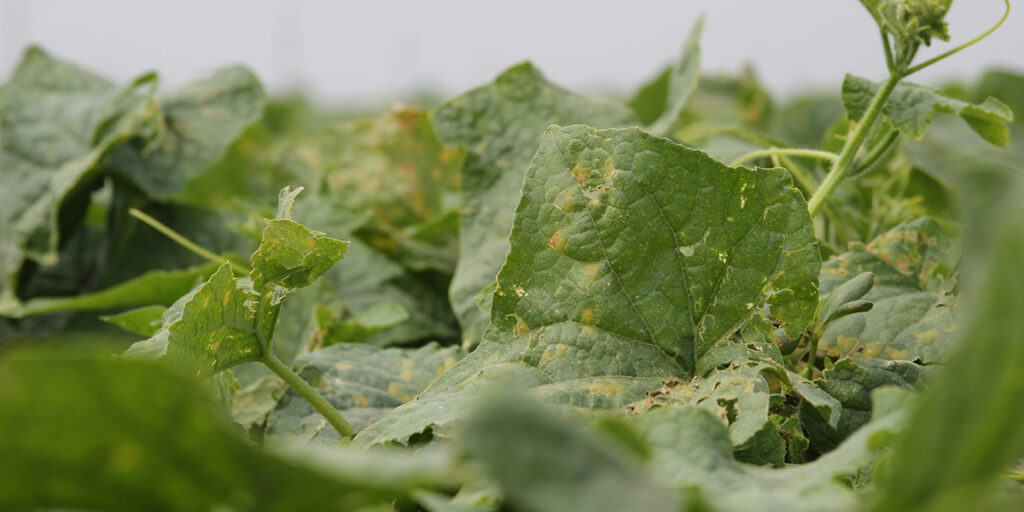
Knowing when to harvest cucumbers is key to getting crisp, flavorful produce. In most cases, cucumbers are ready to be picked 1–3 months after planting, depending on the hybrid and growing conditions.
Not sure when are cucumbers ready to pick? Look for firm, evenly colored fruits that have reached full size, but not yet started to yellow or become swollen at the base.
With proper care and attention to each stage of cultivation, achieving a high cucumber yield is not difficult. Wishing you success in your gardening journey!
If you have found a spelling error, please, notify us by selecting that text and pressing Ctrl+Enter.

